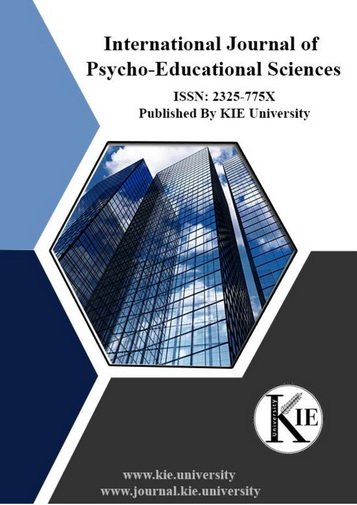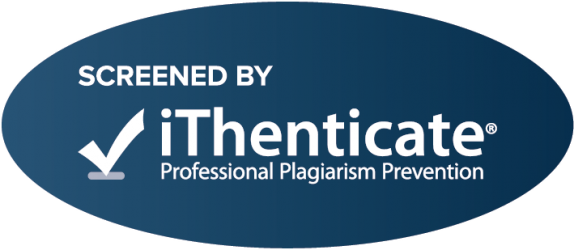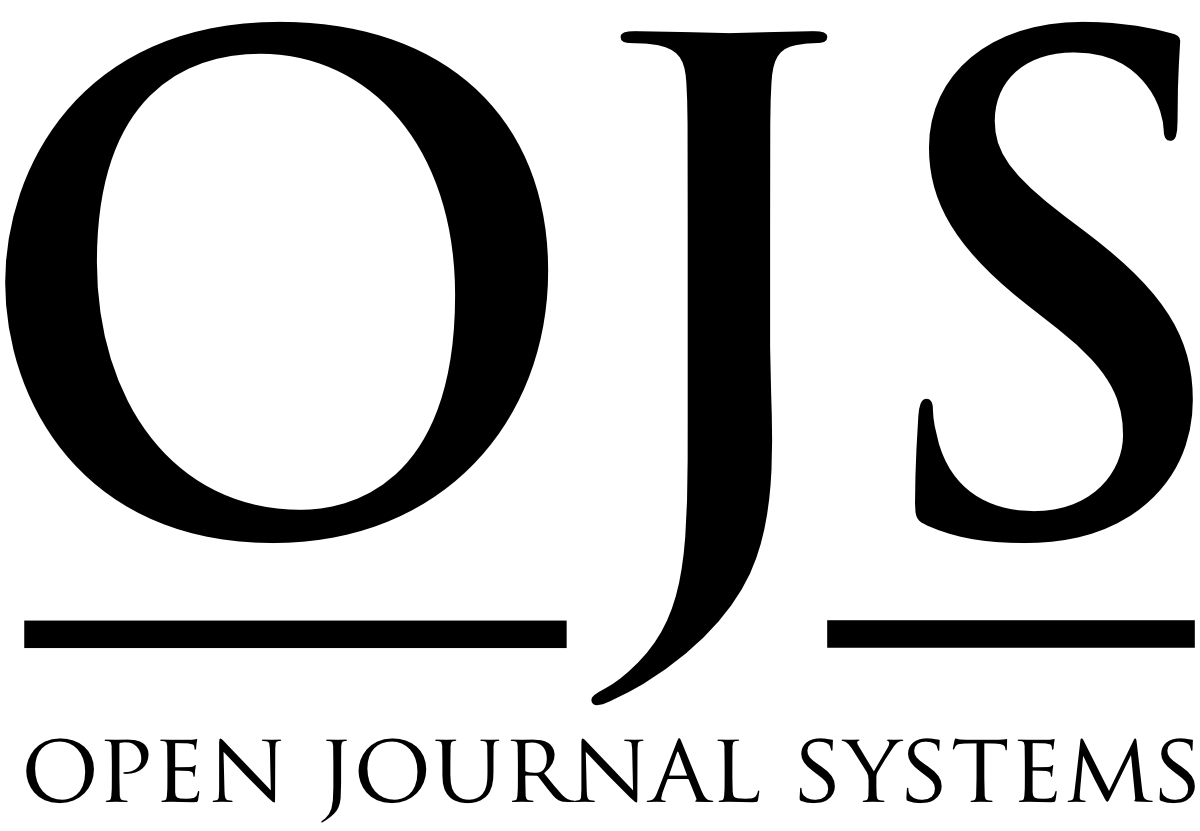Leadership Elasticity Enhancing Style-Flex for Leadership Equilibrium
Keywords:
Leadership Elasticity, Leadership readiness, leadership behavioural pattern, relations and Task-oriented behaviour, eadership appropriateness, leadership flexibility, leadership style-flex, leadership style-fix, Leadership style-drift, leadership multi-style flexAbstract
Leadership elasticity enhances leadership style flexibility and mobility to enable educational leaders to maintain appropriate leadership equilibrium. The essential of leadership elasticity contributes towards organizational effectiveness by followership’s maintenance through appropriate expansion and contraction of relations and task behavioural orientation simultaneously, arrive at optimally balanced leadership equilibrium. This study aimed to explain leadership elasticity in achieving leadership equilibrium through relations and task behaviour orientating style-flex by assimilating the followership variables of task, timing, people, and trust. The study suggest both relations and task behavioural orientation is essential for a leader to bring about organizational effectiveness and social harmony. Moreover, Leadership elasticity expanding toward relations-oriented enabled less elasticity, while, expansion toward task-oriented behaviour enabled high elasticity. Leadership contextual intelligence and contextual experiences are both essential in identifying the variations in the contextual settings. This enables appropriate leadership approach of style-flex through the leadership behavioural orientations towards timing, trusting, tasking and people. The variations in the degree of elasticity can cause disturbances by frequent behavioural changes in an attempt to fit in the situation. This multi attempt behavioural changes can be the major cause of style-drift.Downloads
References
Alderfer, C. P. (1972). Existence, Relatedness, and Growth. New York: Free Press
Anderson, M. L. & Lu, F. (2016). Learning to Manage and Managing to Learn: The Effects
of Student Leadership Service.
http://are.berkeley.edu/~mlanderson/pdf/Anderson_Lu_Leaders.pdf
Bass, B.M. (2008). The Bass handbook of leadership. Theory, research and managerial
applications. 4th edn., The Free Press, New York.
Black, R., Walsh, L., Magee, J., Hutchins, L., Berman, N., & Groundwater-Smith, S. (2014).
Student leadership: a review of effective practice. Canberra: ARACY.
Bolden, R., Gosling, J., Marturano, A., & Dennison, P. (2003) A Review of Leadership
Theory and Competency Frameworks. Report for Chase Consulting and the Management Standards Centre, Centre for Leadership Studies, University of Exeter, UK.http://www.strategies-for-managing-change.com/support- files/leadershiptheoryexeteruniversity.pdf
Brandon, J., Saar, C., Friesen, S., Brown, B., & Yee, D. (2016). Pedagogical Leadership
Team: Magnifying and Spreading Impact. In M. A. Takeuchi, A. P. Preciado Babb, & J. Lock (Eds.). Proceedings of the IDEAS: Designing for Innovation, pp. 152-161. Calgary, Canada: University of Calgary.
Bredeson, P. V. (2000). The school principal's role in teacher professional development,
Journal of In-Service Education, 26 (2), 385-401, DOI: 10.1080/13674580000200114
Dembowski, F. (2006). The Changing Roles of Leadership and Management in Educational
Administration. International Journal of Educational Leadership Preparation, 1 (1) Jan-Jun 2006, Retrieved from: http://files.eric.ed.gov/fulltext/EJ1066775.pdf
Dugan, J. P., & Komives, S. R. (2007). Developing leadership capacity in college students:
Findings from a national study. A Report from the Multi-Institutional Study of Leadership. College Park, MD: National Clearinghouse for Leadership Programs.
Fiedler, Fred E. (1967). A theory of leadership effectiveness. New York: McGraw-Hill and
Mahar, L.
Hersey, P., Blanchard, K. H., & Johnson, D. E. (2001). Management of
Organizational behavior: Leading human resources (8th ed.). Upper Saddle River, NJ: Prentice-Hall.
Hersey, P., & Blanchard, K. H. (1977). The Management of organizational behavior
(5thed.). Englewood Cliffs, NJ: Prentice-Hall.
Leithwood, K., Louis, D.S., Anderson, S., & Wahlstrom, K. (2004). How leadership
influences student learning: Review of research. New York: The Wallace Foundation.
Likert, R. (1967). The human organization. McGraw-Hill Book Company, New York.
MacNeill, N., Cavanagh, R. & Silcox, S. (2003). Beyond Instructional Leadership: Towards
Pedagogic Leadership. Paper submitted for presentation at the 2003 Annual conference for the Australian Association for Research in Education: Auckland. Retrieved from:
https://www.essr.net/~jafundo/mestrado_material_itgjkhnld/IV/Lideran%C3%A7as/P ara%20al%C3%A9m%20da%20lideran%C3%A7a%20instrucional.pdf
Male, T & Palaiologou, I. (2016). Pedagogical leadership in action: two case studies in
English schools. International Journal of Leadership in Education, pp 1-16. Published online 13 May 2016.
Meussig, R. (1969). Change-the only constant. Educational Leadership, 2 (6). 545-546.
http://www.ascd.com/ASCD/pdf/journals/ed_lead/el_196903_muessig.pdf
Moerschell, L. (2009). The intersection of punctuated equilibrium and leadership emergence within the framework of naturalistic decision making. (Doctoral dissertation), Walden University. USA.
Mostovicz, E. I., Kakabadse, N. K., & Kakabadse, A. P. (2009). A dynamic theory of leadership development. Leadership & Organization Development Journal, 30(6), 563–576.
https://dspace.lib.cranfield.ac.uk/bitstream/1826/4913/1/A_dynamic_theory_of_leader ship_development.pdf
Mulford, B. (2003). School Leaders: Changing Roles and Impact on Teacher and School Effectiveness. A paper commissioned by the Education and Training Policy Division, OECD, for the Activity Attracting, Developing and Retaining Effective Teachers. https://www.oecd.org/edu/school/2635399.pdf February 02, 2017
Northouse, P. G. (2010). Leadership. Theory and practice. (5th.ed.). Sage publication,
Inc. Thousand Oaks: California.
Peretomode, O. (2012). Situational And Contingency Theories Of Leadership: Are They
The Same?. IOSR Journal of Business and Management, 4 (3), 13-17. http://iosrjournals.org/iosr-jbm/papers/Vol4-issue3/C0431317.pdf
Rajbhandari, M.M.S. (2016). Leadership of special students in strengthening their ability by understanding their weaknesses. European Journal of Educational and Social Sciences, 1 (1), 11 – 23. http://www.ejess.eu/vol1_1/EJESS_vol1_1_MANID241.pdf
Rajbhandari, M.M.S., Rajbhandari, S. & Loock, C. (2016). Relations- and task-oriented behaviour of school leaders: Cases from primary schools in Finland, South African Journal of Childhood Education, 6 (1), a360.http://dx.doi. org/10.4102/sajce.v6i1.360
Rajbhandari, M. M. S. and Rajbhandari, S. (2015). Leadership maintenance: Filling the gap for leadership competences. Educational Research and Reviews, 10(21), 2777-2788. http://academicjournals.org/journal/ERR/article-full-text-pdf/7EF15DB56071
Rajbhandari, M. M. S. (2014). Critical Perspective on Situational Leadership Theory.
Leadership Readiness for Flexibility and Mobility. The 4th Dimensions on Situational Leadership Styles in Educational Settings. ED566528
http://files.eric.ed.gov/fulltext/ED566528.pdf
Rajbhandari, M. M. S. (2013). School Leadership En-route to ‘Grand Leap‘ Case studies from Nepal and Finland. Ph.D. Dissertation. University of Tampere, Finland. https://tampub.uta.fi/bitstream/handle/10024/94461/978-951-44-9235- 8.pdf?sequence=1
Rajbhandari, M. M. S. (2011). Driving leadership style in leading to enhance participation and involvement in School. ED520899, http://files.eric.ed.gov/fulltext/ED520899.pdf
Reddin, W. J. (1972). The flexible manager. Training officer, 8 (7), 242—253. EJ059724.
Sergiovanni, T, J. (2001). Leadership: what’s in it for school. Routledge Falmer.
Retrieved from http://www.slideshare.net/charlescorn/sergiovanni-1477182
Sergiovanni T. (1994). Organizations or Communities? Changing the Metaphor
Changes the Theory. Educational Administration Quarterly. 30 (2). 214–226.
Shen Y. (2008). The Effect of Changes and Innovation on Educational Improvement.
International Education Studies, 1 (3), 73-77.
http://files.eric.ed.gov/fulltext/EJ1065412.pdf
Stephens, T. (2007). Climate Change and Elasticity in Leadership. Lowy Institute for International Policy. International Leadership. New Voices Conference 2007. Retrieved from http://blogs.usyd.edu.au/timstephens/Climate%20Change,%20Leadership%20and%20 Elasticity.pdf
Sternberg, R. J. (2000). Intelligence and wisdom. In R. J. Sternberg. (Ed.). Handbook of intelligence. New York: Cambridge University Press, 631—649.
Stogdill, R.M. (1959). Individual behavior and group achievement. Oxford University Press, New York
Ullah, M. (2012). The Emerging Roles Of HR Professionals In Driving Organizational Change. Journal of Knowledge Management, Economics and Information Technology, Issue 3, june 2012. http://www.scientificpapers.org/wp- content/files/1290_Mamin_Ullah_The_Emerging_Roles_of_HR_Professionals_in_Dri ving.pdf
Weyer, J. (2002). Importance of leadership capacity versus competence: A case study. Australian Journal of Management and Organizational Behaviour, 5 (1), 117-128.
Additional Files
Published
How to Cite
Issue
Section
License

This work is licensed under a Creative Commons Attribution-NonCommercial-NoDerivatives 4.0 International License.










